Installation guide|Maintenance management|Pipeline cleaning
1. Basic knowledge of water supply pipelines
Composition of tap water pipelines
The supply of tap water is inseparable from an important component, that is, the tap water pipeline. The tap water pipeline is mainly composed of the following parts:
Main water supply pipeline: The main water supply pipeline is the main road of the entire tap water system, responsible for transporting tap water from the water source to the residential area.
The main water supply pipeline is usually made of high-strength materials such as steel pipes, cast iron pipes, etc. to ensure that there will be no ruptures and leaks during the transportation process.
Distribution pipeline: The distribution pipeline is the pipeline system that distributes water from the main water supply pipeline to each specific building and household.
Distribution pipelines are usually made of plastic pipes or copper pipes. Because of their good corrosion resistance and sealing performance, they can effectively ensure that the water quality is not polluted.
Household pipes: Household pipes are pipe systems that bring tap water from distribution pipes to our homes.
Household pipes are usually made of plastic pipes or copper pipes. The layout and connection of pipes need to be carefully planned and constructed to ensure the smooth flow of water and the safety of water quality.
In addition to the above main components, tap water pipes also include many other auxiliary facilities, such as valves, water meters, filters, etc. These facilities play an important role in controlling water flow, monitoring water consumption, purifying water quality, etc., ensuring the normal supply and use of tap water
Classification of water supply pipes
Water supply pipes can be classified according to multiple factors, and different classification methods have different meanings and values for different application scenarios.
According to different factors such as the purpose and material of the pipe, water supply pipes can be divided into multiple types. The following are some common classification methods:
Purpose classification: According to the different purposes of water supply pipes, they can be divided into drinking water pipes, industrial water pipes, fire water pipes, etc.
Material classification: According to the different materials of the pipes, they can be divided into cast iron pipes, steel pipes, plastic pipes, etc.
Diameter classification: According to the different diameters of the pipes, they can be divided into large-diameter pipes and small-diameter pipes.
Pressure classification: According to the different pressures that the pipeline can withstand, it can be divided into high-pressure pipelines and low-pressure pipelines.
Layout classification: According to the different layouts of the pipelines, it can be divided into centralized water supply pipelines and decentralized water supply pipelines.
2. Tap water pipeline installation guide
Tap water pipelines are an indispensable infrastructure in urban life, and the installation of urban tap water pipelines is a key link in ensuring the safety and stability of water supply.
Preliminary preparation for tap water pipelines
Before officially starting to install urban tap water pipelines, a series of preliminary preparations need to be carried out.
First, detailed surveys and planning are required to determine key factors such as water sources, water supply methods and pipeline directions.
At the same time, geological surveys are also required to ensure that the location of the pipeline will not affect the stability of the building.
During the preparation stage, it is also necessary to negotiate with relevant departments to resolve possible legal and environmental issues and ensure the legality and sustainability of the installation process
Pipeline laying
Pipeline laying is the core link of urban tap water pipeline installation.
First, it is necessary to determine the material of the pipeline.
Common ones include cast iron pipes, concrete pipes and plastic pipes. Choose the appropriate material according to the specific situation and needs.
Then, according to the planning and design, the pipeline is laid and connected section by section.
During the laying process, attention should be paid to the slope and buffer device of the pipeline to ensure smooth water flow and stability of the pipeline.
In addition, strict pipeline inspection is required.
Including pressure testing and water leakage detection, etc., to ensure the quality and safety of the pipeline.
Equipment installation
In addition to the laying of pipelines, the installation of urban tap water pipelines also includes the installation of related equipment. These equipment mainly include water pumps, valves and metering equipment.
The water pump is the core equipment to ensure the supply of tap water. It is necessary to select the appropriate type and number of water pumps to ensure the stability and sufficiency of water flow.
Valves are mainly used for the control and regulation of pipelines. The position and number of valves should be reasonably set to facilitate operation and maintenance.
Metering equipment is used to accurately measure the water supply and water consumption for management and billing.
During the equipment installation process, relevant installation standards and specifications should be followed to ensure the normal operation and reliability of the equipment.
Pipeline monitoring
After the installation of urban tap water pipelines is completed, continuous monitoring and maintenance work is required to ensure the safety and stability of water supply.
Monitoring mainly includes monitoring the water quality and water pressure of the pipeline, and timely discovering and handling possible abnormal situations.
Maintenance work includes regular inspections and repairs to ensure the normal operation of pipelines and equipment.
At the same time, it is also necessary to establish a complete water quality monitoring system and emergency response mechanism to improve the level and capacity of water supply management.
The installation of urban tap water pipelines is a complex and important project that requires careful planning and construction by a professional team.
Only by ensuring the quality and safety of the installation can urban residents have high-quality tap water supply and enjoy a safe and convenient life.
3. Maintenance and management of tap water pipelines
Urban tap water pipelines are important facilities to ensure the safety of residents' daily water use. Good maintenance and management are the key to ensuring clean water quality and stable water supply.
Pipeline management
Pipeline inspection is a key link in maintenance and management work.
Regularly inspect the water pipelines every year to check whether the pipelines have aging, corrosion, blockage and other problems, and repair and replace them in time to ensure the normal operation of the pipelines.
In addition, it is necessary to clean the pipelines regularly, remove dirt and sediment, keep the inner wall of the pipeline clean and smooth, and reduce the risk of water pollution.
Water quality monitoring is an important means to ensure water safety.
The water quality monitoring of urban tap water pipelines needs to be carried out daily. By sampling and testing various water quality indicators, such as pH value, turbidity, residual chlorine content, etc., ensure that the water quality meets national standards and residents' daily water needs.
For areas where abnormal water quality is found, corresponding measures should be taken in time, such as increasing water quality treatment efforts and adjusting water supply sources, to ensure the safety of residents' water use
Pipeline maintenance
Pipeline maintenance and replacement are one of the important measures for maintenance and management. During the inspection work, if the pipeline is found to be damaged or leaking, it needs to be repaired and replaced in time. For pipelines that are seriously aged, they should be updated in time, using more advanced materials and technologies to improve the durability and stability of the pipeline and reduce the frequency and risk of maintenance.
Preventing external damage to the pipeline is also an important part of maintenance and management. Urban tap water pipelines are susceptible to external damage during underground crossing and construction, such as earthwork sliding, earthquakes, construction excavation, etc.
Therefore, it is necessary to strengthen the monitoring and protection of the surrounding environment of the pipeline to ensure the safe operation of the pipeline.
During the construction process, corresponding protective measures need to be taken, such as reinforcing pipe supports and setting up protective layers for pipes, so as to reduce the impact of external damage on pipes.
Strengthen publicity and education work to enhance residents' awareness of water pipe safety. Establish a sound publicity and education mechanism to popularize the maintenance and management knowledge of water pipes to residents, guide residents to use water resources correctly, and reduce the risk of water pollution. At the same time, strengthen residents' monitoring and understanding of tap water quality, and report to relevant departments in a timely manner when abnormal conditions are found to ensure water quality safety. Through the comprehensive application of the above measures, the normal operation and water safety of urban tap water pipes can be guaranteed. As residents, we should also pay attention to water quality issues, use water resources reasonably, and jointly maintain the safety and stability of urban tap water pipes.
Tap water pipe maintenance
1. Regularly check tap water pipes
To ensure the safety and normal operation of tap water pipes, we should conduct regular inspections.
First of all, you can observe the water quality of tap water to preliminarily judge whether there is a problem with the pipe. If the water quality is found to be turbid, odorous or impurities, it may be a sign of aging or damage to the pipe.
In addition, the water meter and various pipe joints should be checked for normal operation. If any abnormality is found, they should be repaired or replaced in time.
2. Prevent scaling of tap water pipes
With the increase of use time, scaling is easy to form on the inner wall of the pipe. Scaling will affect the flow and water quality of the water supply, and may even cause blockage.
In order to prevent scaling, the tap water pipes can be cleaned regularly. You can use professional pipe cleaning agents or vinegar water to clean them to ensure that the inner wall of the pipe is clean and smooth.
3. Protect the tap water pipes from damage
When using tap water pipes, you need to pay attention to protecting the pipes from damage.
First, avoid excessive use of water pressure to avoid damage to the pipes. Secondly, avoid using high-temperature water for a long time to avoid affecting the stability and life of the pipes.
In addition, construction or excavation near the pipes should be avoided to avoid damage to the pipes.
4. Pay attention to the maintenance of tap water pipes
If problems are found in the tap water pipes, they should be repaired in time. For some minor problems, you can perform simple repairs by yourself, such as replacing valves, repairing leaks, etc. For some major problems, professional pipe maintenance personnel should be asked to deal with them to avoid greater losses.
Through the above introduction, I believe that everyone has a more comprehensive understanding of the relevant knowledge of urban tap water pipes. Only by maintaining good maintenance and care can we ensure the safety and normal operation of tap water pipes and provide residents with clean and safe tap water.
The tap water meter pipes belong to the owner or the tap water company.
4. Tap water pipe cleaning
Tap water pipes
Tap water pipes are an indispensable part of our daily life, but long-term use will cause various dirt and impurities to accumulate inside the pipes. This will not only affect the cleanliness and safety of the water quality, but also may cause potential risks to the health of family members. Therefore, it is crucial to clean the tap water pipes regularly. Before cleaning the tap water pipes, you should make sure to turn off the connection to the water source to avoid unnecessary trouble caused by water pressure.
Chemical cleaning method
Working principle: Chemical cleaning is to use chemical reagents to clean the pipes.
Technical features: This cleaning method does not have too many requirements for water pipes, even water pipes with many bends can be easily cleaned. However, using chemical agents to clean water pipes can easily cause chemical residues and pollute domestic water. The original intention of cleaning water pipes is to solve the problem of secondary pollution of tap water, but the result is that tap water is polluted again, which is not worth the loss. Therefore, this cleaning method has high requirements when using it, and attention should be paid to preventing secondary pollution.
Mechanical scraping pipe method
Working principle When the inner wall of the pipe is severely scaled or corroded, mechanical tools can be used to physically remove the dirt.
Technical features For long-distance pipelines, they should be divided into several cleaning sections and disconnected separately, and implemented section by section, thereby increasing the amount of manual excavation and construction water outage time. In addition, each working section of mechanical scraping pipe lining requires multiple processes such as pipe breaking, scraping, lining, cement mortar maintenance and pipe flushing, which takes a long time.
Poly-Pig method
Working principle Poly-Pig means using special inflatable tools to scrape off the attachments on the inner wall of the pipe.
Technical features: When using Poly-Pig to clean pipes, different types of pipe cleaners can be selected for different hard and soft rust and scaling. It can not only remove rust and scaling in the pipe, but also clean the newly laid pipes before water is passed, and it is water-saving and efficient. The Poly-Pig pipe cleaning method is suitable for descaling of pipes of various diameters above DN100mm. The cleaning length can be from tens of meters to thousands of meters at a time. As long as the pipe does not change diameter, it can be cleaned over long distances through elbows and valves (except butterfly valves) at any angle.
Air pulse cleaning technology
Working principle
This technology uses compressed air as the power source and water as the cleaning medium to form a strong pulse and high-speed water-gas turbulence in the pipe. The pulse extends downward with the water-gas turbulence, and forms a sandblasting effect on the inner wall of the pipe with hard impurities (such as silt, iron chloride scale, etc.) in the pipe, so that the impurities and dirt attached to the inner wall of the pipe are broken and detached and discharged from the end sewage outlet with the water flow.
Technical features
① High cleaning efficiency, good effect, low energy consumption; ② No pollution to the environment; ③ Can be used under various complex pipe network conditions; ④ Suitable for cleaning of urban water supply, heating and other pipe networks.
High-pressure jet method
The working principle is to use a high-pressure pump to pump out high-pressure water, and then pass through a certain pipeline to reach the nozzle, and then convert the high-pressure and low-flow water into a high-pressure and high-flow jet. Then the jet uses its high impact kinetic energy to continuously act on the surface to be cleaned, so that the scale falls off and finally achieves the purpose of cleaning.
Technical features (1) Select the appropriate pressure level, and high-pressure water jet cleaning will not damage the base of the cleaned equipment.
(2) It is a high-speed flushing and cleaning with ordinary tap water, so it does not pollute the environment, does not corrode the equipment, and does not cause any mechanical damage. It can also remove special scales that are difficult or insoluble to be dissolved by chemical cleaning.
(3) After washing, the equipment and parts do not need to be cleaned again.
(4) It can clean parts with complex shapes and structures, and can be cleaned in narrow spaces, complex, harsh and harmful environments.
(5) Easy to realize mechanization and automation, and convenient for digital control.
(6) Energy saving, high cleaning efficiency and low cost.
Ice slurry flushing
Working principle The so-called "ice slurry method" is to pour the ice slurry in the tank truck into the tap water pipe. After the ice slurry is injected, a piston will be formed in the pipe, and then the water pressure of the tap water will be used to push the piston forward. At the same time, the sediment and attachments inside the pipe will be brought out together, and then emptied and flushed with water.
Technical features Ice slurry cleaning technology is simple, efficient and economical; the cleaning time is short, the water supply can be quickly restored, and the impact on the user's water consumption is small; the cleaning effect is significant, and the removal efficiency of sediments and attachments in the pipe is high; the cleaning is not affected by the topological structure of pipes and valves and other pipe fittings, and the pipe does not need to be excavated, which is easy to operate and highly safe.
750.webp)
633365.webp)
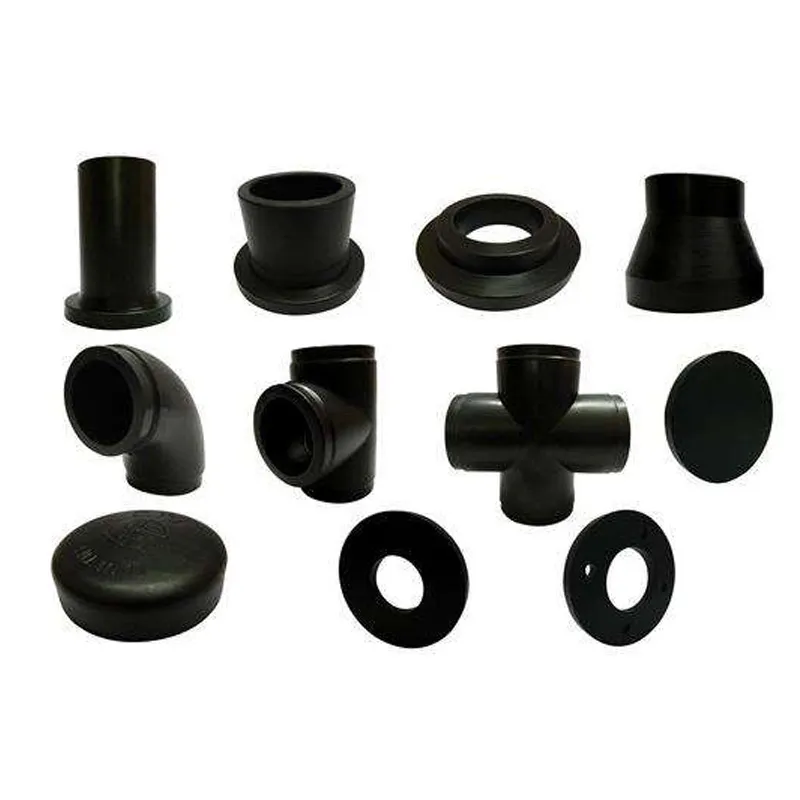
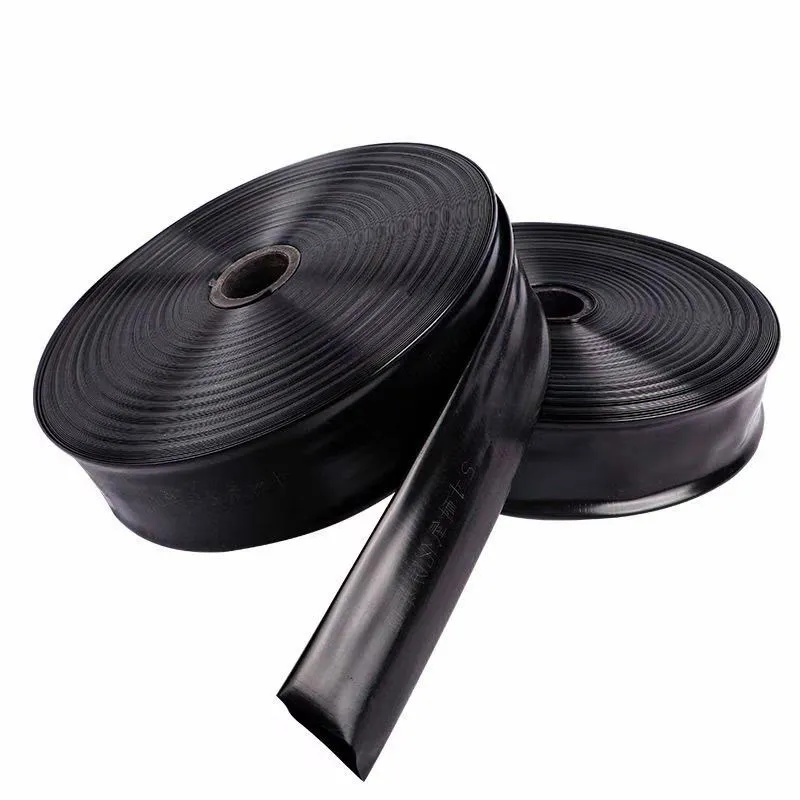
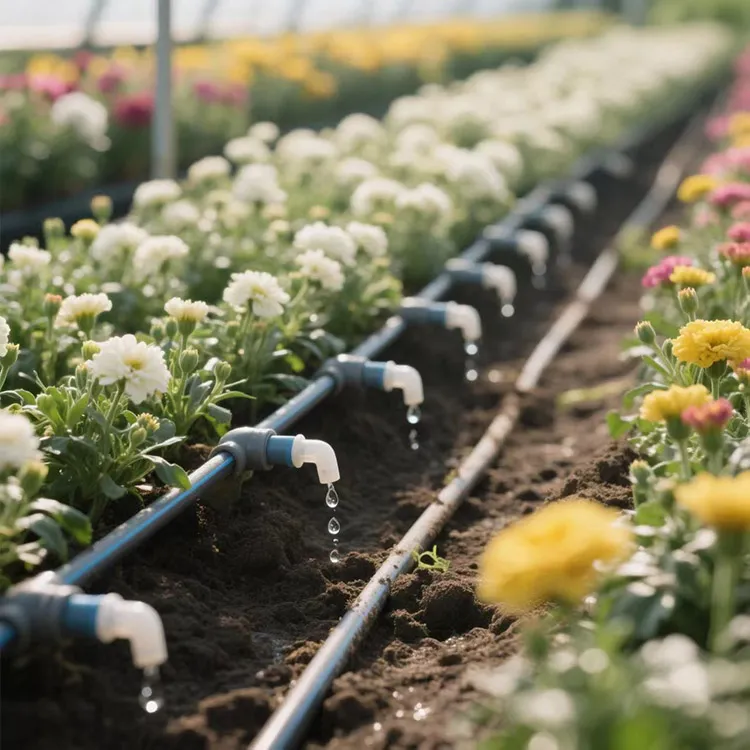
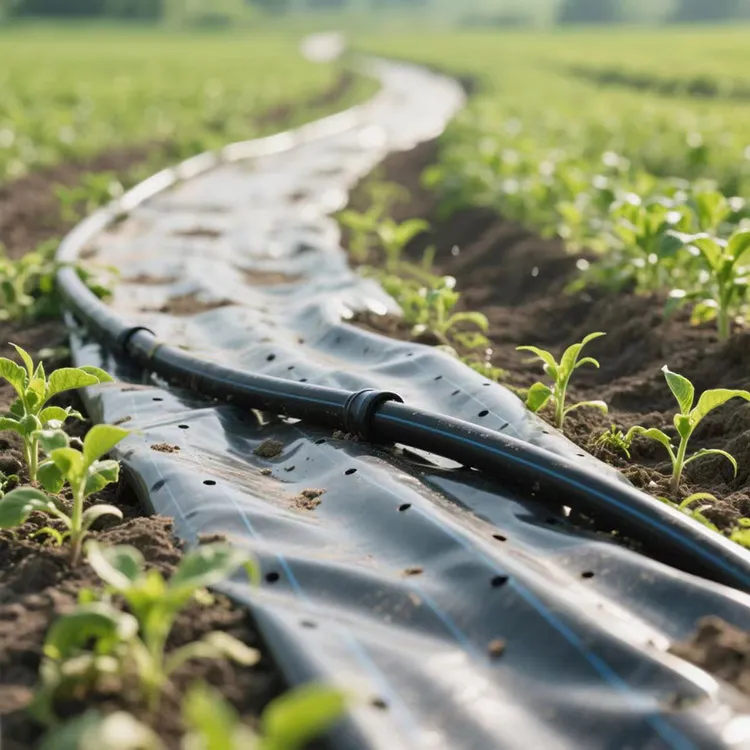
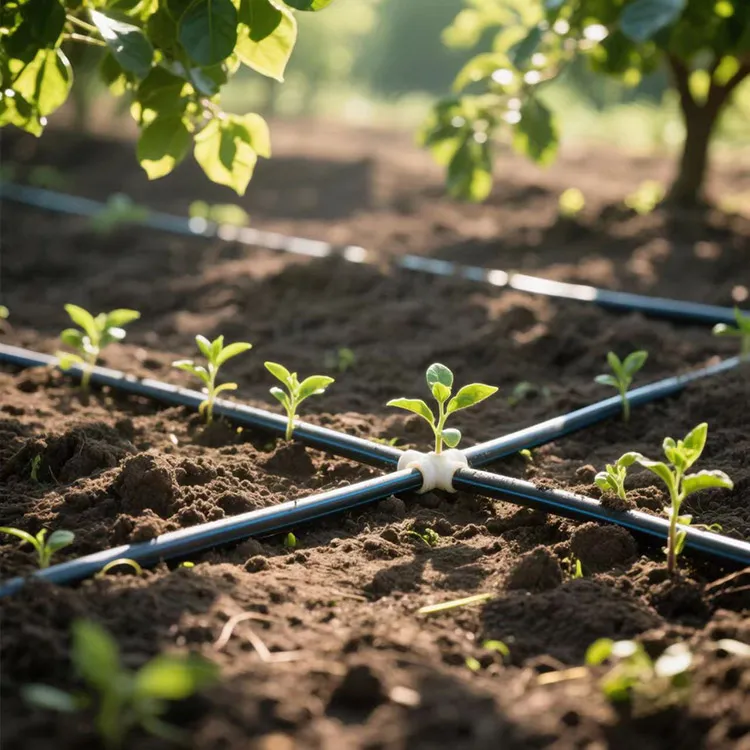
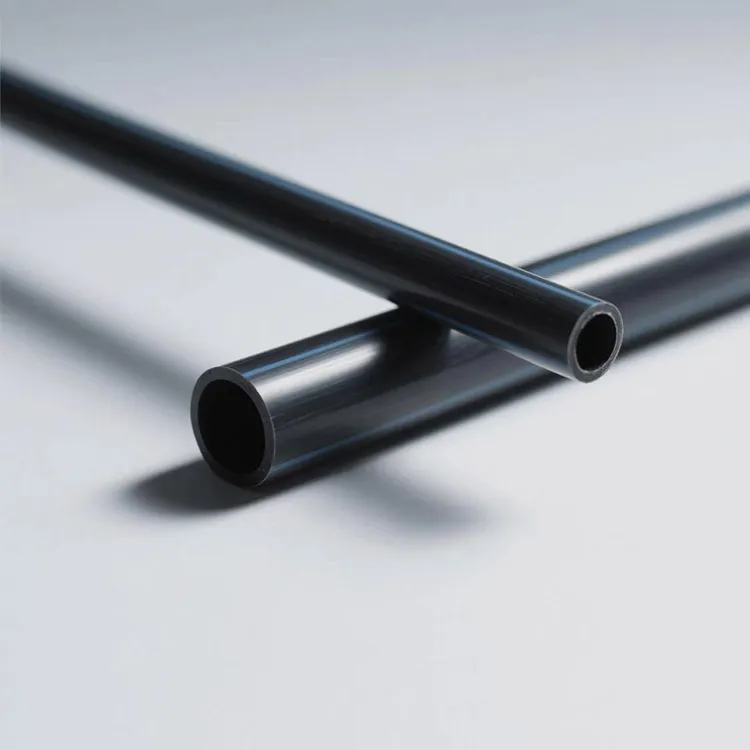
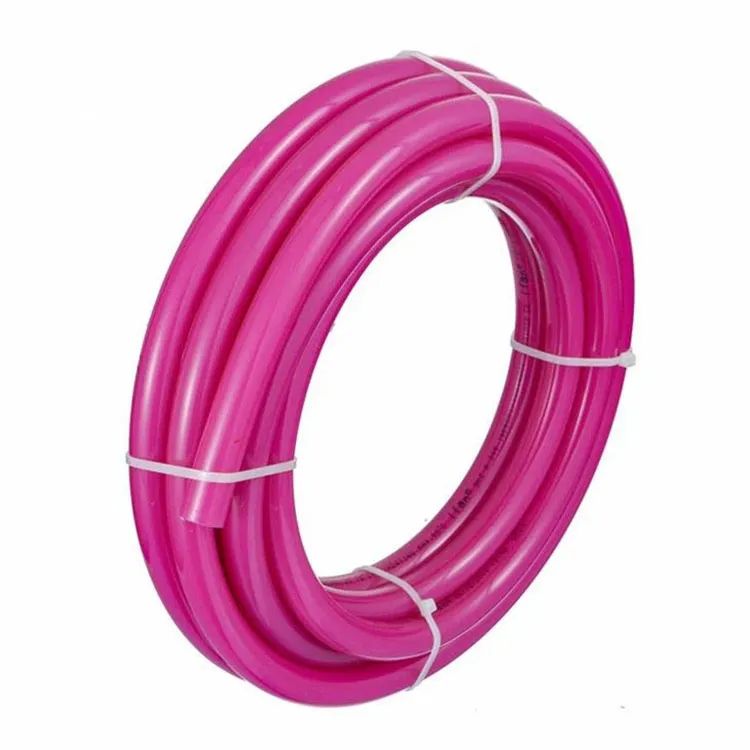
294.webp)
476.webp)
420.webp)
146.webp)
460.webp)
287.webp)
274.webp)


